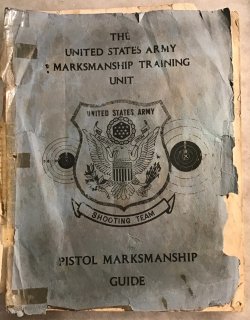One comment. As a retired prosecutor, attorney, cop, federal agent, and CCW instructor starting in 1996, I have this one comment.
Never, never, never use police shooting results to justify when to shoot, how far away you can shoot, whether you can shoot through open doors or windows, or anything whatsoever. The law treats police officers on the job differently than than other people using deadly force.
Too many facts and situations to post here. But rely only on studies of individuals who fired in self defense or maybe invoked a stand you ground defense.
The most worthless stats of all are when they count rounds fired by cops, foolish info. Never, ever rely on it, it is not real life, like a self defense shooting, a couple of reasons, 1) you may have just ran a long way while barking on the radio for 10 minutes, 2) officers have been dealing with flashing lights from multiple angles for minutes, 3) officer may have just dismounted from running 115 mph, been there, 4) officers may have been fighting, 5) officers may have chosen to shoot long distances to keep the perp from getting away or into a residence, which will kill others, 6) officers may have been slowed down by 22 pounds of gear, vests, radios, etc, which raises blood pressure 15-20 points above a self defense citizen shooting--and the list goes on and on.
Whether a retired officer in a self defense situation is held to the same standard is debatable.
Just saying, using cop shootings to suggest self defense events for private citizens in a fools errand, only a fool would rely on that.
That said, ammo used and points of impact data is very relevant to determining ammo effects,

